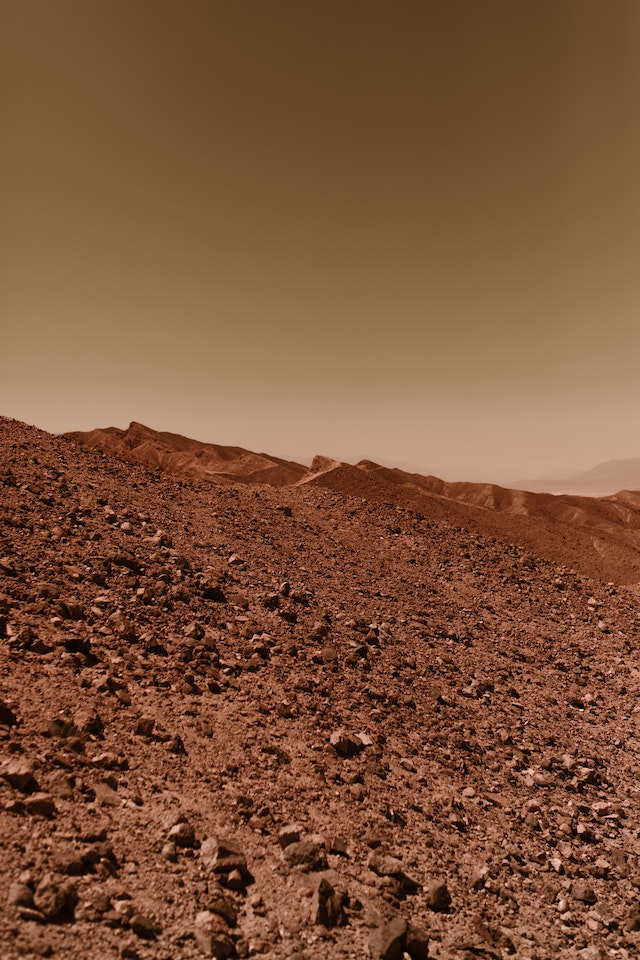NASA’s strategic naming scheme on Mars ensures that scientists and researchers are far from lost when navigating the complexities of the Red Planet. Here’s why NASA’s naming system is crucial for maintaining order and clarity in Martian exploration:
1. Location Identification: Mars is a vast and diverse planet, and identifying specific locations is essential for scientific analysis and communication. NASA’s naming system provides a standardized approach to label and refer to different regions, craters, mountains, and other features on Mars. This allows scientists to pinpoint and discuss specific areas of interest without confusion.
2. Consistent References: By assigning names to various Martian features, NASA establishes a consistent reference framework. Scientists can easily locate and cross-reference specific locations during research and analysis. This cohesion promotes efficient collaboration and ensures that findings from different studies can be compared, contributing to a more comprehensive understanding of Mars.
3. Historical Significance: NASA’s naming system often pays homage to historical figures, missions, and concepts related to space exploration. By honoring these contributions, the naming scheme adds an extra layer of depth and historical context to the study of Mars. It helps connect past achievements with present investigations and inspires future generations to continue pushing the boundaries of space exploration.
4. Geographical Mapping: The naming system aids in the accurate mapping of Martian terrain. By assigning names to significant landmarks, scientists can create detailed maps that provide a visual representation of the planet’s surface. These maps assist in navigation, mission planning, and identifying areas of scientific interest. They serve as valuable tools for guiding rovers and other spacecraft and optimizing data collection.
5. Public Engagement: NASA actively involves the public in the naming process through outreach programs and public contests. This engagement fosters public interest and investment in Martian exploration. It allows individuals to contribute to the exploration of Mars by suggesting names for features and fosters a sense of ownership and connection with the mission. By involving the public, NASA helps to bridge the gap between scientific research and public awareness.
In summary, NASA’s strategic naming scheme on Mars ensures that scientists and researchers have a standardized system for identifying and referencing specific locations on the planet. This system enhances communication, preserves historical significance, facilitates geographical mapping, and engages the public in the exploration process. With NASA’s naming scheme in place, the vastness of space becomes a bit more navigable and comprehensible, paving the way for further discoveries and a deeper understanding of the Red Planet.




